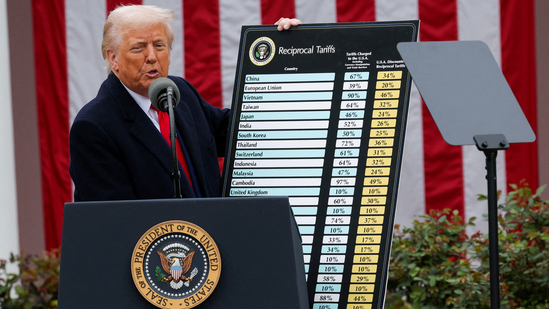Quick Overview
- US imposes a 26% reciprocal tariff on Indian imports, aiming to balance trade disparities.
- A blanket 25% tariff on all foreign-made automobiles could impact Indian auto exports.
- Minimal immediate effect on Indian auto manufacturers, but potential long-term challenges loom.
On April 2, 2025, President Donald Trump announced a series of sweeping tariffs under the “reciprocal tariff” policy. This includes a 26% tariff on imports from India, intended to mirror India’s own tariffs on US goods. Additionally, a 25% tariff on all foreign-made automobiles has been introduced.
Current Trade Dynamics
The United States currently imposes a 2.5% tariff on passenger vehicle imports, while India levies a 70% tariff on similar US imports. This significant disparity has been a point of contention, leading to the recent US policy shift.

Impact on Indian Automotive Exports
India’s passenger car exports to the US are relatively modest, amounting to $8.9 million in 2024, which is just 0.13% of India’s total car exports of $6.98 billion. Similarly, commercial vehicle exports to the US constitute about 3% of the total. Given these figures, the immediate impact on Indian original equipment manufacturers (OEMs) is expected to be minimal.
Potential Long-Term Effects
While the short-term effects may be limited, the new tariffs could pose long-term challenges:
- Auto Parts Exports: Indian auto parts suppliers exporting to the US might face reduced competitiveness due to higher costs, potentially leading to decreased orders.
- Supply Chain Considerations: Companies relying on US imports for components may experience increased costs, affecting overall production expenses.
- Investment Decisions: The tariff environment could influence future investment strategies, with firms possibly reconsidering expansion plans or exploring alternative markets.
Industry Response
Indian automotive industry leaders are closely monitoring the situation. Some are considering diversifying their export destinations to mitigate risks associated with US market dependence. Additionally, there may be renewed focus on strengthening the domestic market and exploring emerging markets with favorable trade terms.
Final thoughts
The US’s new tariff salvo might seem like a plot twist in the global trade saga. While our auto exports to the US aren’t exactly blockbuster hits, it’s always wise to keep an eye on the horizon. After all, in the world of trade, it’s best to expect the unexpected and keep our engines revving for any detours ahead.

